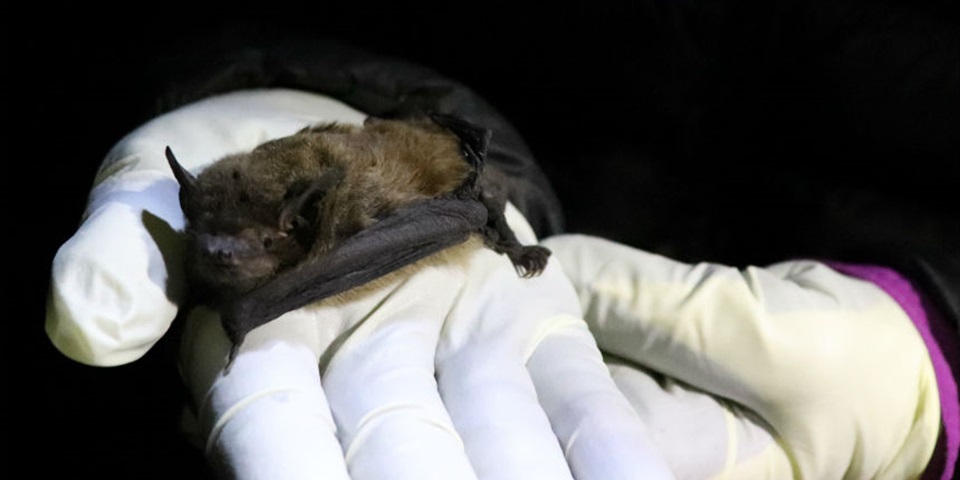News
Microbats of Western Australia: think before you touch

New research has found the first evidence of exposure to Australian bat lyssavirus, a member of the rabies group of viruses, in the microbats of South-West WA.
Murdoch University PhD student Diana Prada has completed the first survey in southern WA, investigating whether there is any evidence of Australian bat lyssavirus, the cause of a rabies-like disease, circulating in microbats of the region.
Ms Prada and her supervisors Dr Bethany Jackson and Dr Mark O’Dea, in collaboration with the CSIRO Australian Animal Health Laboratories, tested 839 bats caught over two summers in the South-West Botanical Province.
“We found no evidence of active infections in the microbats we tested, however we found 19 animals with traces of previous exposure in their blood,” Ms Prada said.
“This means that the tested bats are unlikely to transmit the virus but evidence indicates that they have been exposed to a lyssavirus-like virus at some point in the past, and that the virus is circulating in populations we studied.
“Interestingly, the main species that are known to be reservoirs of the virus (flying foxes and the yellow-bellied sheathtail bat) do not occur in the South-West of WA, and so our results have deepened our understanding of the species that may carry the virus, particularly in this region.”
First evidence of lyssavirus in WA's south-west
Ms Prada said the results complement and update previous results on lyssavirus-like viruses in free ranging microbats.
“Whilst the risk of becoming infected with lyssavirus after handling microbats in this region is extremely low, our results show for the first time that the virus is present in the South-West,” Ms Prada said.
“As the virus is transmitted by being bitten or scratched by an infected bat, we recommend all people that may come into contact with bats as part of their work should be vaccinated. This includes wildlife rehabilitators, veterinarians, wildlife officers, and field researchers studying these species.
“Our study also shows the importance of seeking treatment following any scratch or bite, as without treatment lyssavirus is inevitably fatal.”
Bigger picture for microbats
The survey is part of a three-year project to better understand the genetic diversity of microbat populations in Western Australia, while examining potential disease threats to the bats as well as humans.
Ms Prada said there are 12 known species of microbats in WA’s South-West region, they are an essential part of local ecosystems, and play an important role controlling insect populations.
“Despite bats making up nearly a quarter of the world’s mammal species, there is a lot to learn about our local microbat communities,” she said.
“I’m hoping my research can shed some light on these amazing creatures in Western Australia.”
This research was funded by Gunduwa Regional Conservation Association, the Holsworth Wildlife Research Endowment, the Ecological Society of Australia, the Australian Wildlife Society, and the Murdoch University Small Grants Scheme. Ms Prada is further supported by the Alistair Bursary and in 2018 she was awarded the Woman in Science (WA) Mary Walters Bursary to support her professional training.
This research has been published in Tropical Medicine and Infectious Disease and can be read here